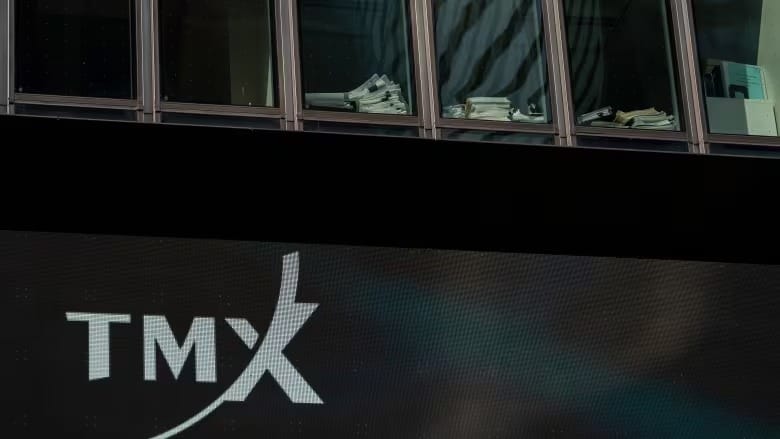Purchasing power has declined for some despite rising incomes: PBO
A new report issued by the Parliamentary Budget Officer on Tuesday detailed the divergence in purchasing power across five different income quintiles, despite growth in disposable income for all earners.

The average disposable income for Canadian households has increased by 21 per cent since before the pandemic. However, while high-income earners have benefited from greater purchasing power, inflation and higher interest rates have eroded the gains for lower-income households.
A report released on Tuesday by the Parliamentary Budget Officer (PBO) examined the disparity in purchasing power across five income groups, showing that despite overall growth in disposable income, the benefits have not been equally distributed.
Households in the lowest income quintile (the bottom 20 per cent) have seen a 22 per cent rise in disposable income, largely driven by government income supports. However, their market incomes, which include earnings from employment and investments, have only grown by seven per cent since 2019, lagging behind inflation.
"For households in the lowest quintile, interest payments had a significant negative impact on market income growth at the end of the first quarter of 2024," the report states. "Additionally, lower-income households tend to hold assets in cash or short-term deposits, so the returns generated have not offset rising borrowing costs."
In contrast, high-income earners have seen their market incomes grow by 32 per cent since 2019, with a 25 per cent rise in disposable income—well above the average. The purchasing power of this group has notably improved since 2023, outpacing all other income levels.
"Households in the two highest quintiles saw their market incomes grow three times faster than those in the two lowest quintiles," the report notes. "This gap is partly due to stronger compensation growth among higher-income households. Additionally, higher interest rates led to greater investment income increases compared to interest payments in this group."
For middle-income households, purchasing power has improved since 2019, but growth has stalled since 2022, as inflation and rising interest rates have offset increases in market and disposable incomes.
The PBO highlighted that all households are now paying 15 per cent more for an average basket of goods and services compared to 2019. Transportation costs have risen the most, up 23 per cent, followed by shelter, which has increased by 20 per cent.
Despite these cost increases, household spending patterns have remained consistent. "Spending on shelter accounted for about one-quarter of total spending in both 2019 and 2023 across all income groups," the report states. "Similarly, households spent approximately 17 per cent on transportation on average."
Purchasing power has also varied across provinces. Quebec, British Columbia, and Ontario have reported increases, while Newfoundland and Labrador, Nova Scotia, and Alberta have seen declines.





